How to Grow Swiss Chard |
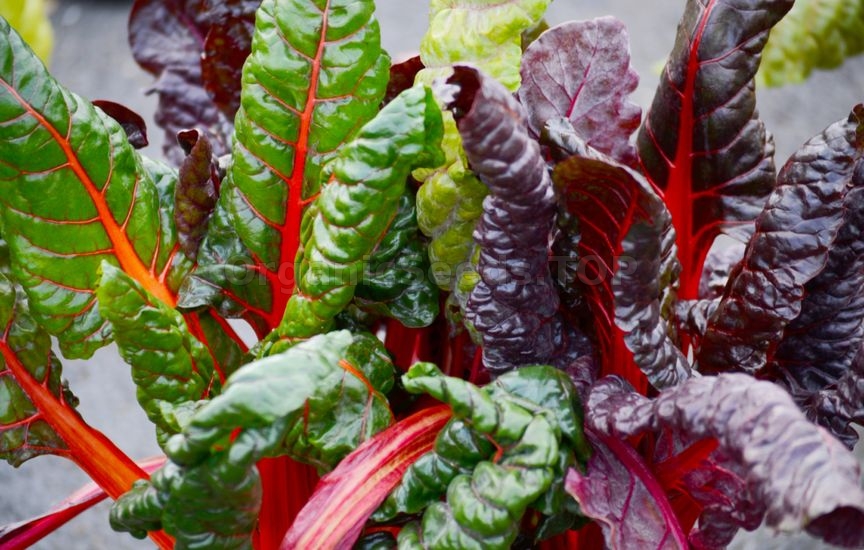 Colorful stems and bright green leaves make Swiss chard the single most glamorous garden green as well as a nutritious vegetable. Because it does not ship well, you are not likely to find it at the grocery store. Growing Swiss chard yourself is he only way to have beautiful leaves like these. 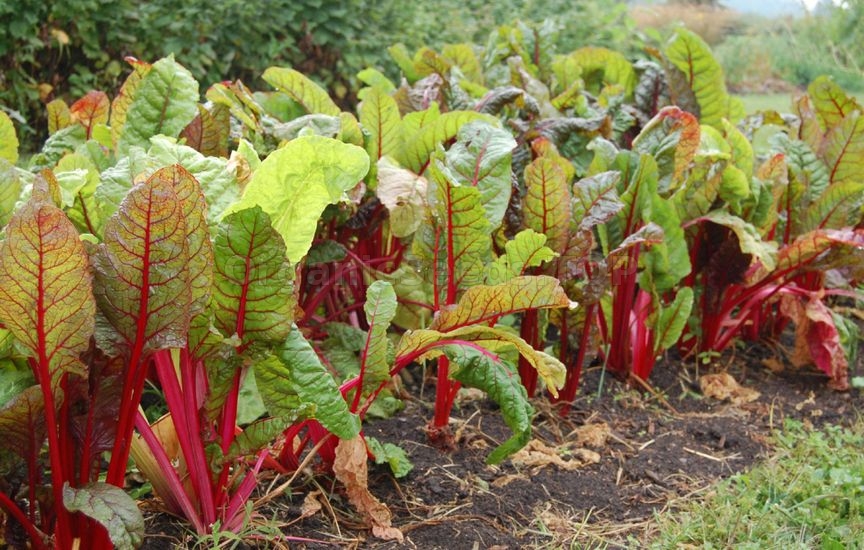 Fortunately, it is easy to grow in the ground or in containers and is one of the few greens that tolerates both cool weather and heat. It will linger in the spring garden much longer than mustard, turnips, arugula, or other greens with the tendency to bolt. In the fall, it grows well until killed by a hard freeze. Soil, Planting, and Care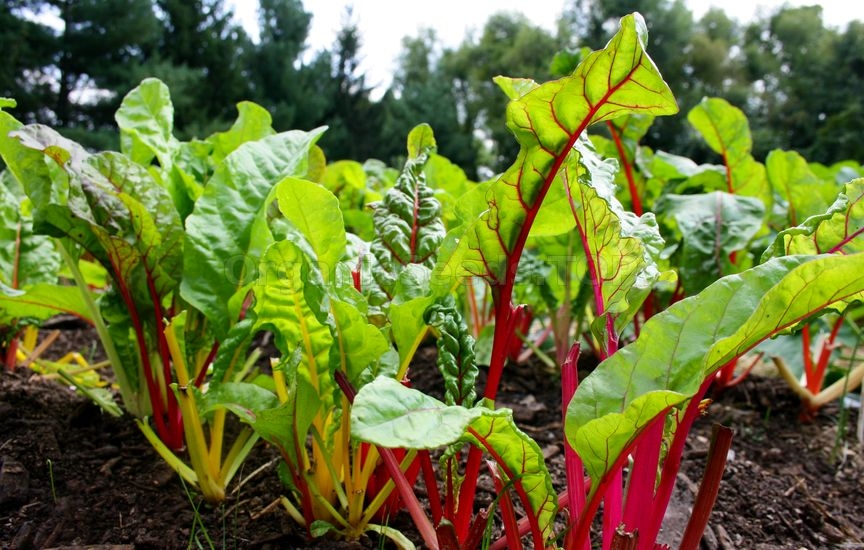 Set out plants 2 to 4 weeks before the date of the last frost in spring. A spring planting will go on producing through spring, summer, and fall. For fall gardens, set out plants just about anytime in late summer when they begin appearing at your favorite garden center. Plants tolerate heat well as long as you keep them properly watered.
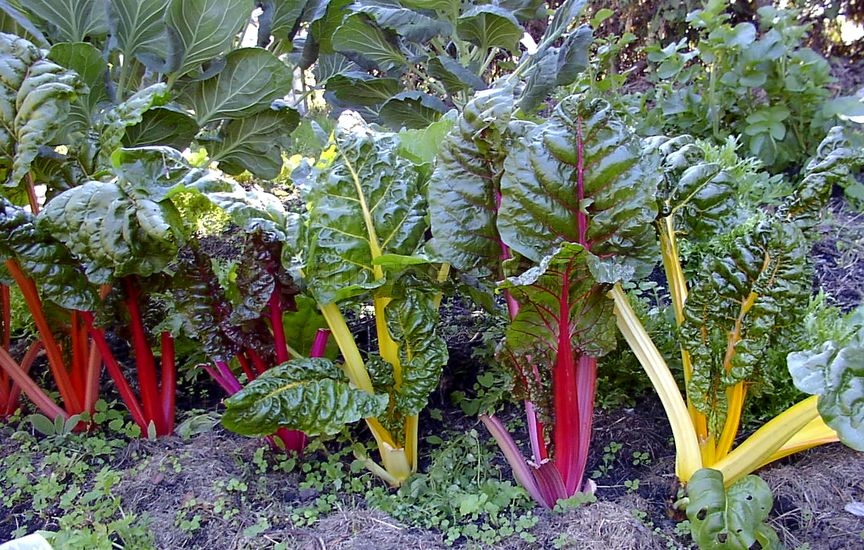 Growing Swiss chard works best in rich, moist soil with a soil pH between 6.0 and 6.8. Plant about 12 to 18 inches apart in fertile soil, watering directly after planting. Work nitrogen-rich amendments such as blood meal, cottonseed meal, feather meal, or composted manure into the ground before planting, or improve your existing soil by mixing. 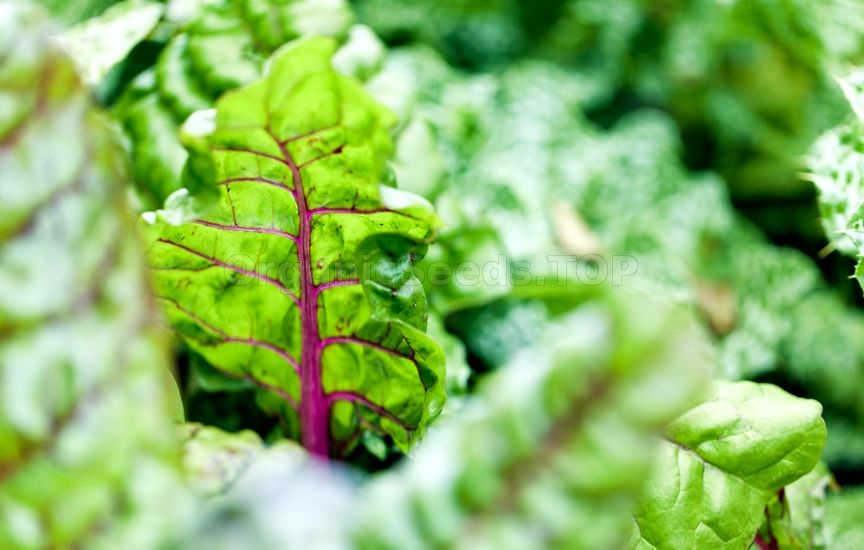 Like all vegetables, Swiss chard does best with a nice, even supply of water. Water regularly, applying 1 to 1.5 inches of water per week if it doesn’t rain. You can measure the amount of water with a rain gauge in the garden. Apply organic mulch such as compost, finely ground leaves, wheat straw, or finely ground bark to keep the soil cool and moist and to keep down weeds. Mulching will also help keep the plant leaves clean, reducing the risk of disease. Troubleshooting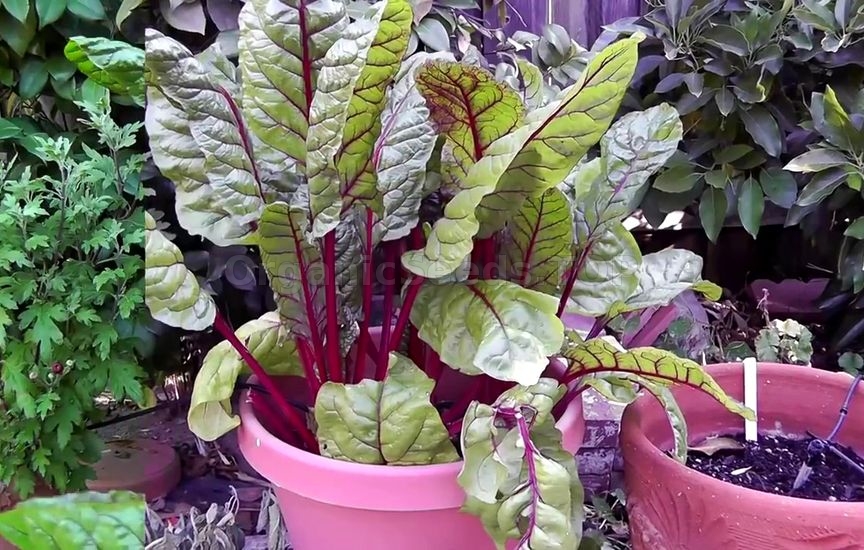 Plants are generally problem free but may be attacked by aphids, mites, or caterpillars that chew holes in the leaves. Swiss chard is also subject to cercospora leaf spot, a disease that disfigures the leaves with ash-gray spots that have purple edges; or leaves may get downy mildew, which causes a mildew-like growth on the foliage.
Harvest and Storage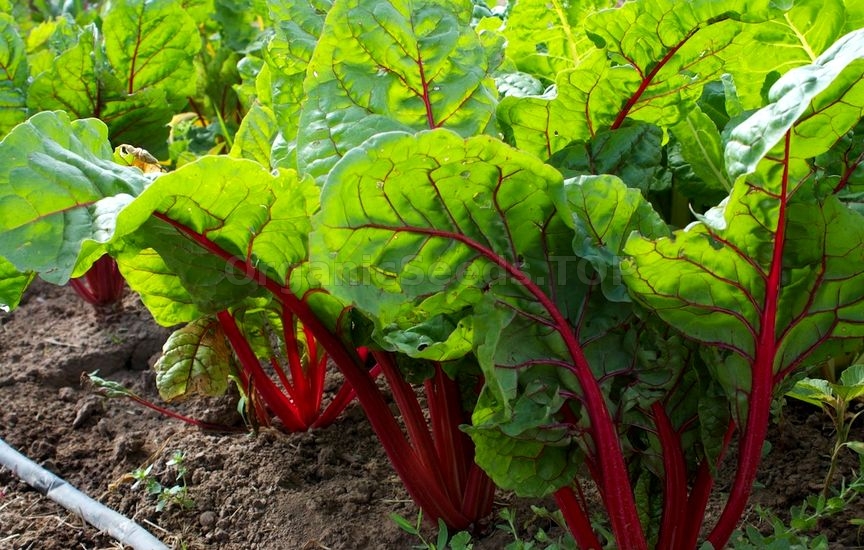 You can begin harvesting outer leaves anytime that they are large enough to eat; young tender leaves are the most flavorful and make a colorful addition to salads. Cut out the midrib of larger leaves before cooking or chopping into salads. Chop large leaves to cook down like spinach, or use in casseroles, soups, and pasta.
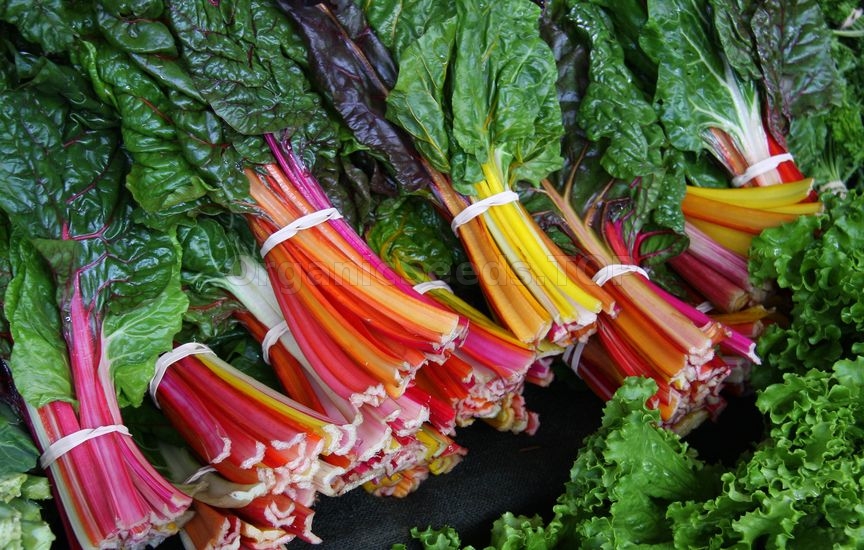 In areas that never experience a hard freeze, Swiss chard sometimes behaves like a perennial, living for several years. When it blooms, you can cut off the bloom stalk and it will produce more leaves. Whole harvested leaves will keep in the refrigerator for about 2 weeks in a loose plastic bag or sealed container. Health Benefits of Swiss ChardYou may need:«Fantasy» - Organic Chard Seeds«Barese» - Organic Chard Seeds |
|
|
